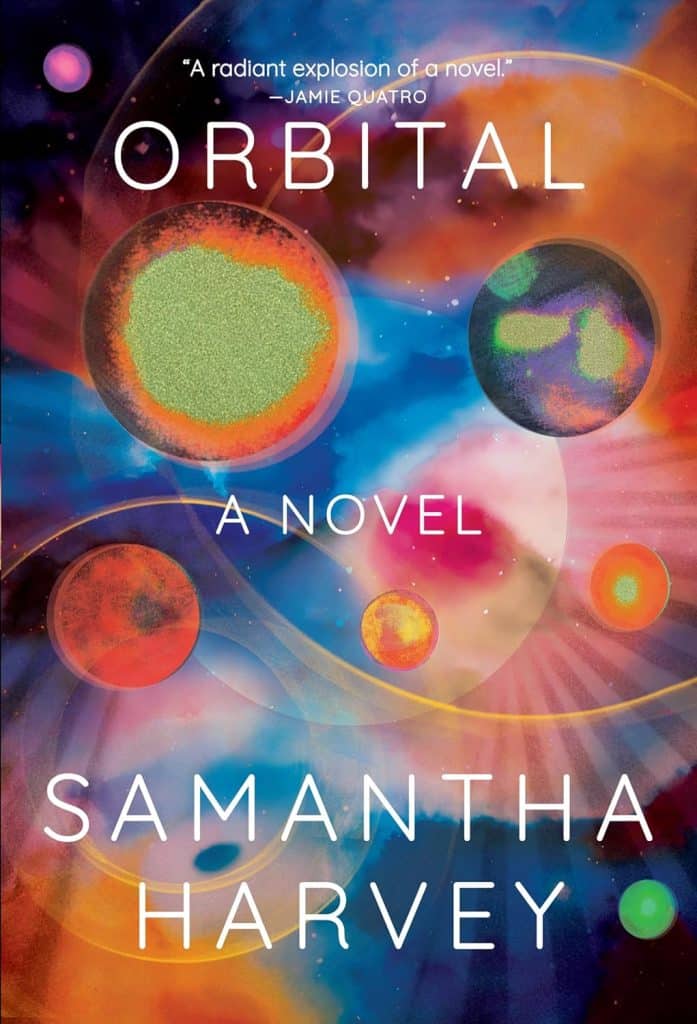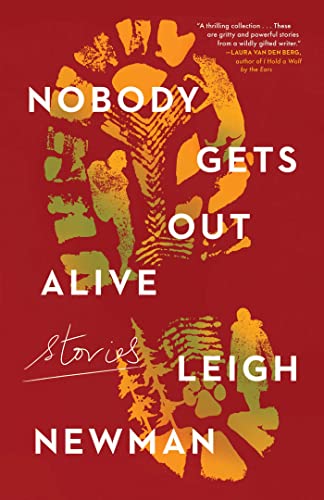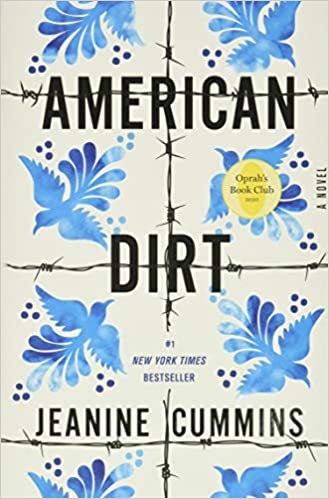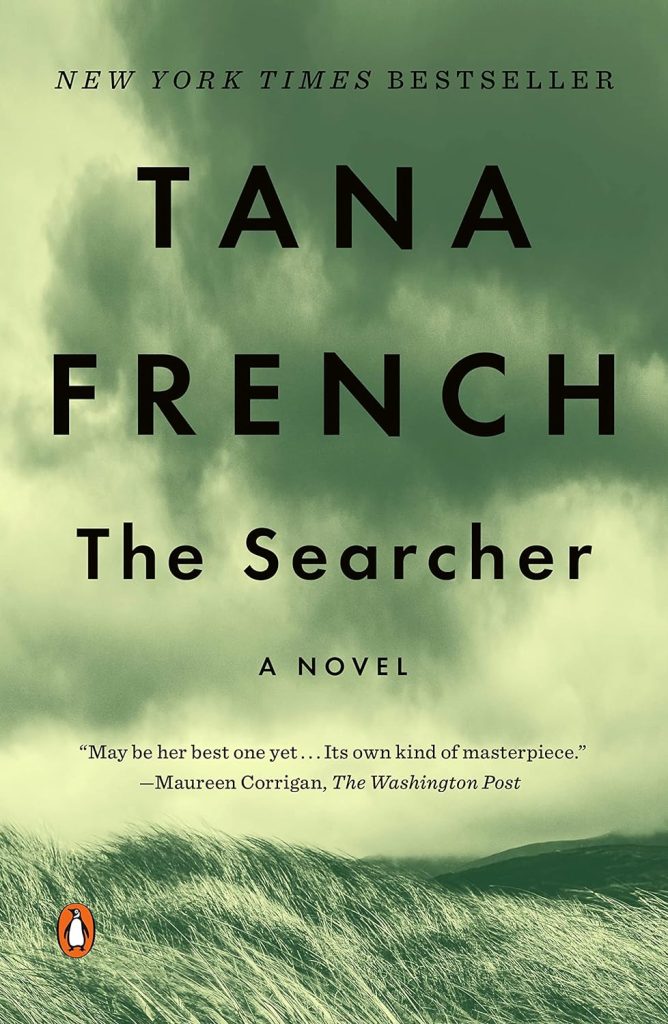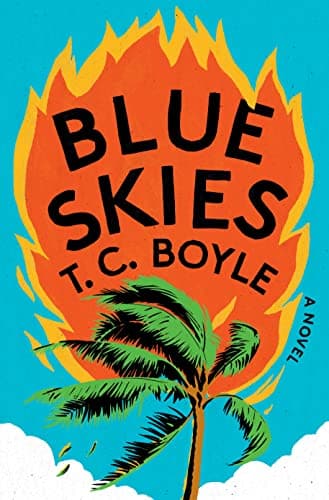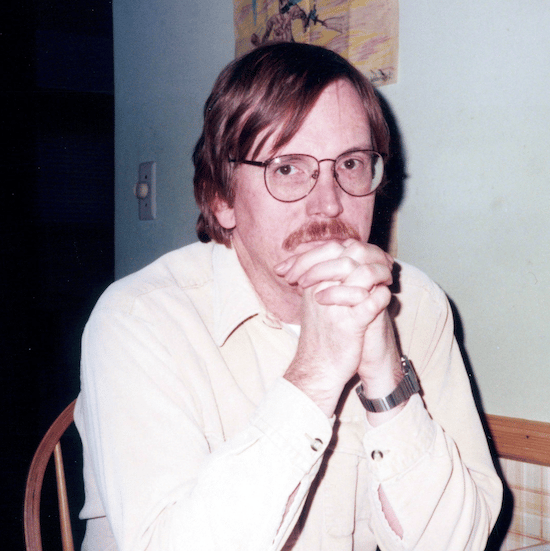
I See a Ghost!
Estimated reading time: 14 minutes, 44 secondsOnly the Clothes on My Back
Standing at the door to my room, I could understand why they thought I had died in the fire. What had been my bedroom was now only a charred space that smelled like a wet, smelly room. My bed, or what was left, still had my burnt sheets in the pile where I left them when I had thought of doing the laundry instead of walking to Central Park. At first sight, the sheets looked like a dead body.
Was I supposed to die in the fire? What if I had not woken up early and gone to NY? Would I be alive if I had foolishly said yes to Beth?
“Do you need help carrying anything to the van,” Sonny asked.
I had not seen or heard him approach me.
“No, all I have left are the clothes on my back. I have worn them since yesterday morning. They are starting to smell like my old bedroom.”
We walked down the stairs and got into the van. I heard Sonny, Marty, Linda, and Barbara talking but could not comprehend anything they said. I felt like I was a leaf blowing in the wind.
Was I supposed to die in the fire? That was all I could think about as we walked down the stairs to our new temporary home.
Sitting on my army cot, I was bewildered and could only focus my eyes on the floor.
“Are you OK?”
I looked up, and Marty and Barbara sat on the cot across from me. I was in such a daze that I could not tell who had asked the question.
“I’m as OK as any of us.”
“But you lost everything,” Barbara reminded me.
I nodded my head like a rag doll.
“It could have been worse,” Marty said, sounding like the legal services attorney he was.
“I know. I could not be here.”
Tears were forming behind my eyes, but I was so tired that no water flowed down my cheeks.
“If you had said yes to Beth, you might have been in bed when the fire started. The fire started just below your room, and the FENY believes the accelerants would have made the fire reach your room within a minute or less.”
I mumbled an affirmative response as words mingled with tears inside my throat.
Beth was angry when she came back downstairs.
“Yes, she was; I have never seen someone that angry,” Barbara added. “I can’t speak for anyone else, but I am glad you said no.”
I lifted my head and looked at them.
My imaginary girlfriend had saved my life. My Love for her had saved me.
You can laugh at my imaginary girlfriend, but she saved my life.
“Yes,” they said in unison.
Maybe I was not supposed to die in the fire!
After almost 48 years, I recently lost my wife, Jan Lilien. Like The Little Prince, Jan and I believed that “The most beautiful things in the world cannot be seen or touched, they are felt with the heart.” This blog is a collection of my random thoughts on love, grief, life, and all things considered.



